James Webb Telescope gives a peek into 'baby years' of 7 Galaxy clusters
A recent study, done with the help of James Webb Telescope, has shed light onto the early formative years of galaxies and how they become galaxy clusters.
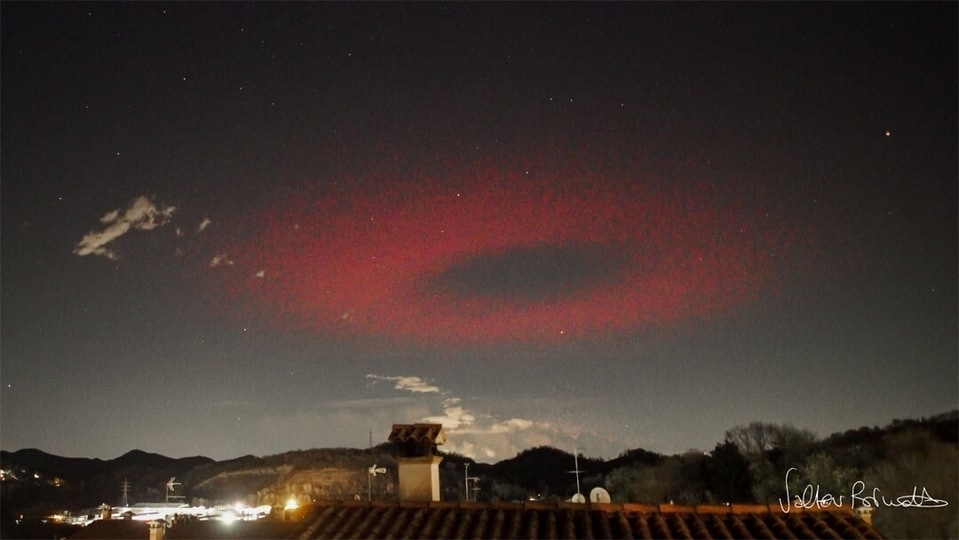
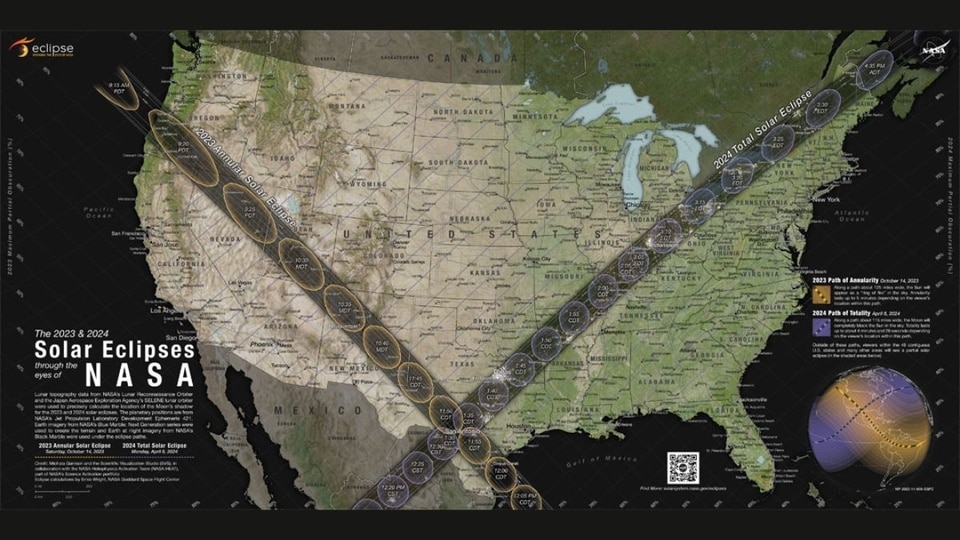
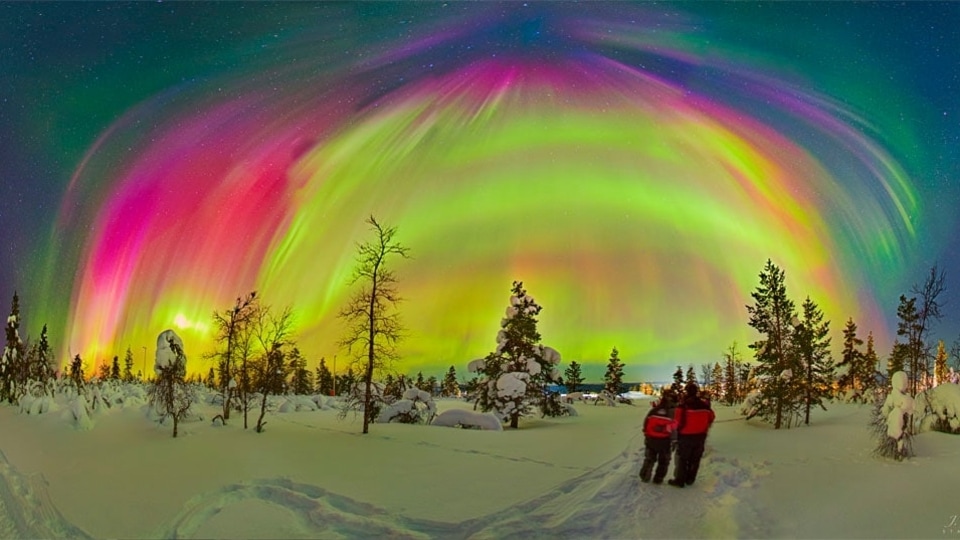
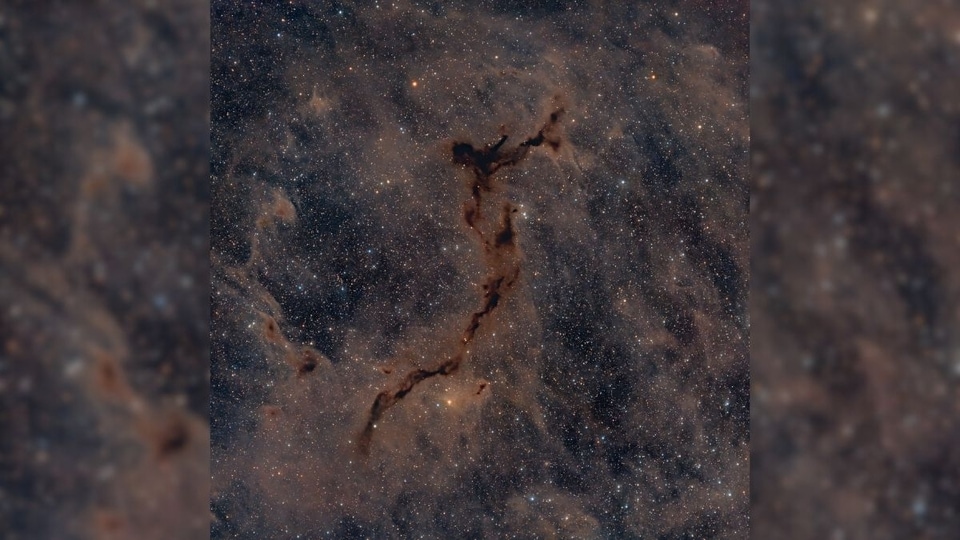
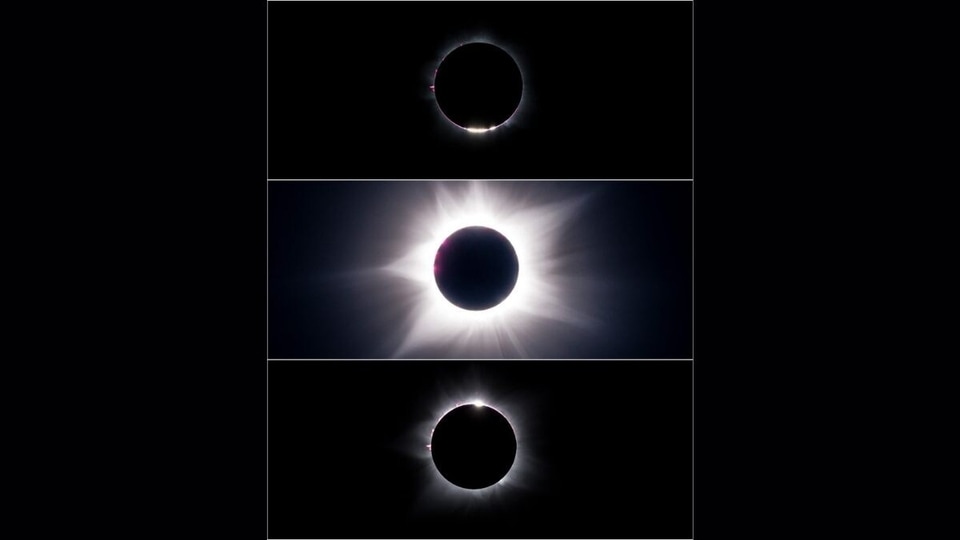
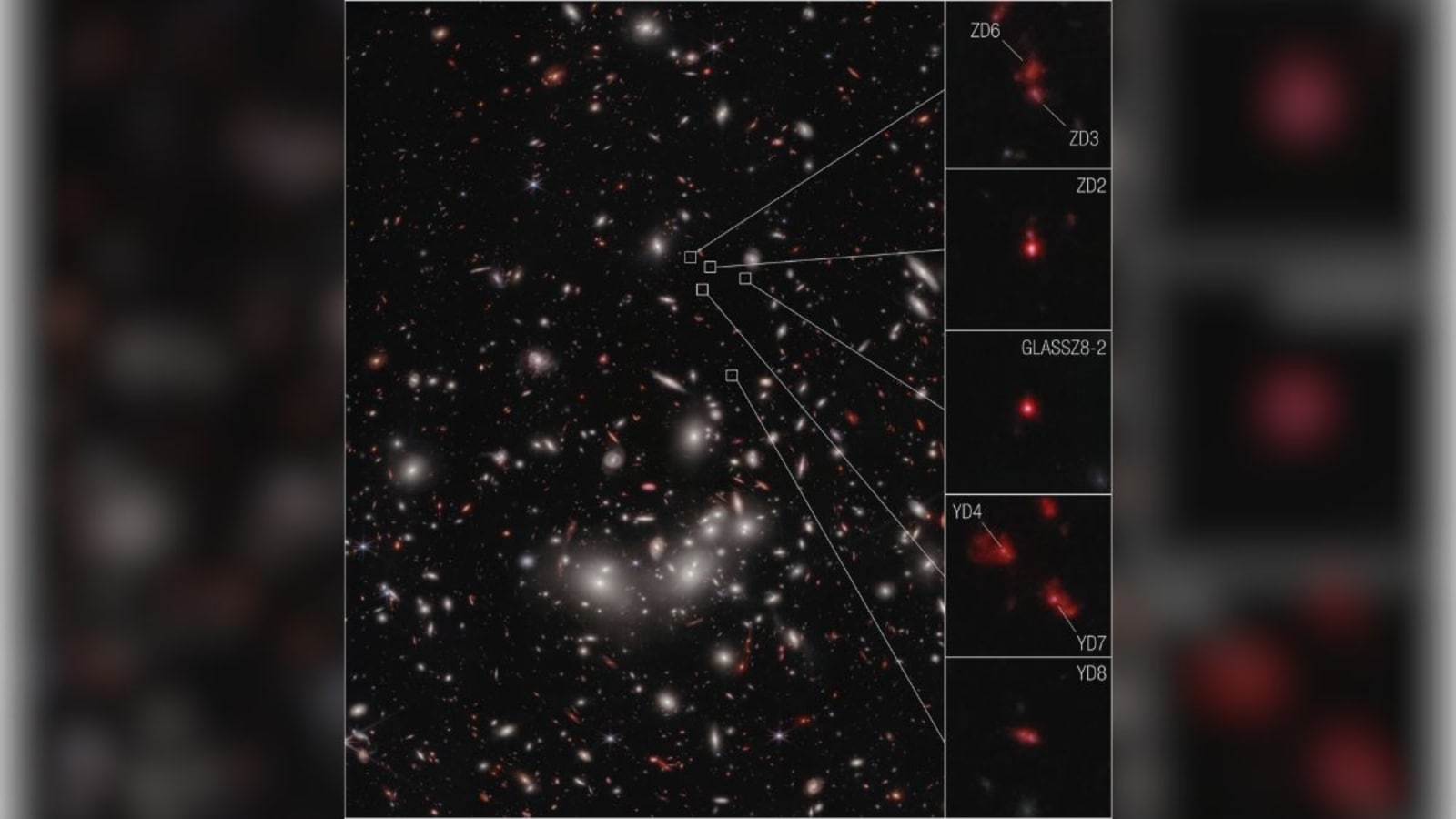
 View all Images
View all ImagesSince its launch, the James Webb Space Telescope has been astonishing the world with its capabilities despite being in service for less than two years. NASA's $10 billion space telescope has been capturing breathtaking images of far-off galaxies, star clusters, ancient black holes and other celestial objects. Now, it has added another feather to its cap by giving us a glimpse into the past of galaxies, when they wer babies, and how they formed, assembled and may look now.
A recent study has shed light onto the early formative, 'baby years', of galaxies. According to NASA, protocluster of seven galaxies has been confirmed at a distance that astronomers refer to as redshift 7.9, or a mere 650 million years after the Big Bang.
Early formation of galaxy clusters
After analyzing the collected information, researchers predicted the eventual growth of the young cluster and concluded that it is probable that it will grow both in size and mass until it resembles the Coma Cluster, a large galaxy cluster with over 1000 identified galaxies. Therefore, in time, this galaxy cluster could become one of the densest known galaxy clusters in the universe.
Takahiro Morishita of IPAC-California Institute of Technology and the lead author of the study which is published in Astrophysical Journal Letters said, “This is a very special, unique site of accelerated galaxy evolution, and Webb gave us the unprecedented ability to measure the velocities of these seven galaxies and confidently confirm that they are bound together in a protocluster.”
Moreover, the spectral data collected by the James Webb Telescope allowed astronomers to model and map the future development of the gathering group, from the beginning to all the way to our time in the recent universe.
Tech which helped in the study
Webb's Near-Infrared Spectrograph (NIRSpec) captured the precise measurements which helped confirm the collective distance of the galaxies as well as their high velocities while moving within a halo of dark matter.
JWST's amazing tech
The James Webb Space Telescope captures various celestial objects in stunning detail with the help of its Near Infrared Camera (NIRCam) which is the primary camera onboard the telescope. It has three specialized filters and captures images in two different infrared ranges. Astonishingly, it can capture some of the farthest away near-infrared images ever obtained, detecting light from the first stars and galaxies. NIRCam also has coronagraphic and spectroscopic capabilities and is the primary tool for alignment of the telescope.
The space telescope also has Mid-Infrared Instrument (MIRI) and NIRSpec instruments onboard which aid in capturing mesmerizing snapshots of objects in space.
Catch all the Latest Tech News, Mobile News, Laptop News, Gaming news, Wearables News , How To News, also keep up with us on Whatsapp channel,Twitter, Facebook, Google News, and Instagram. For our latest videos, subscribe to our YouTube channel.





























